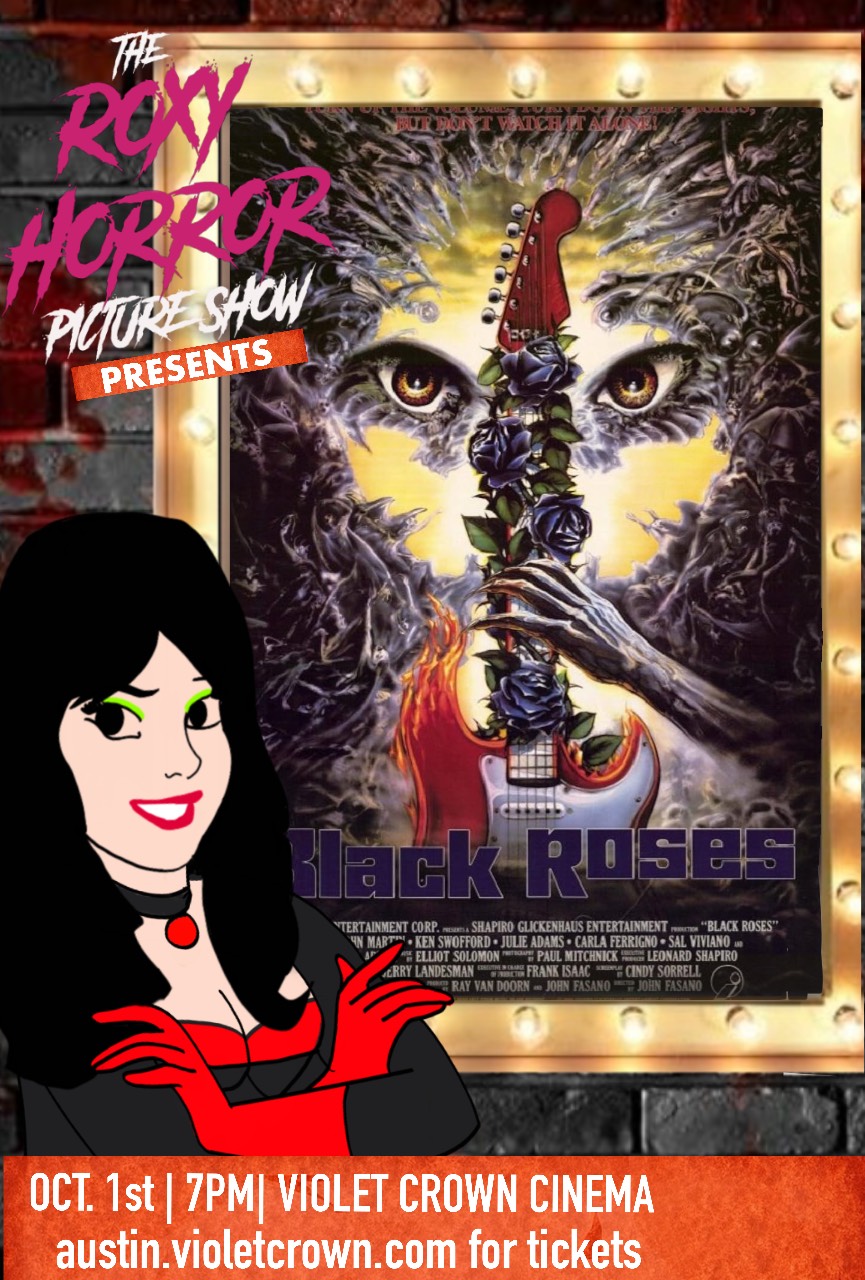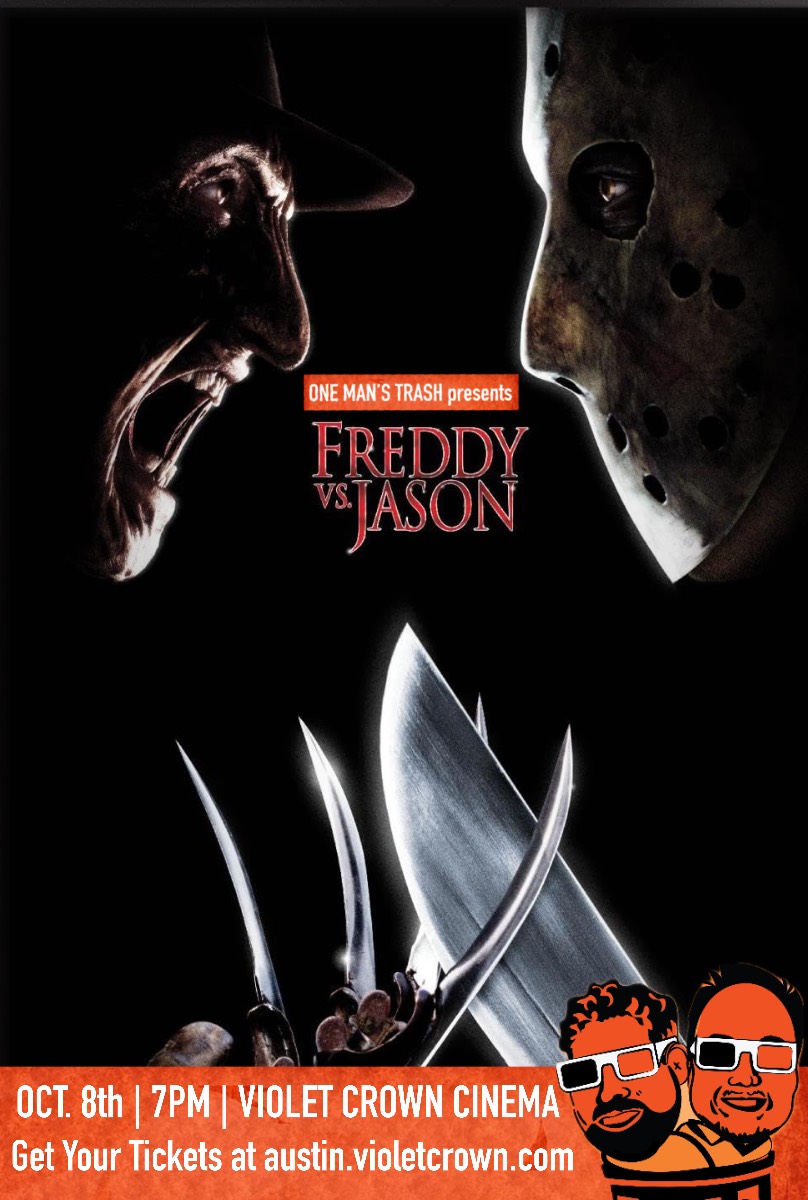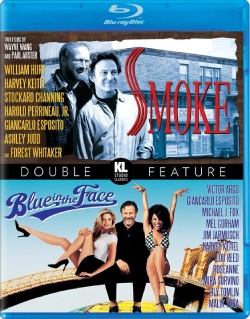A couple years ago, Two and a Half Men’s showrunners made the bold, yet controversial decision to axe Charlie Sheen from the show after eight years as the primary face of the show. This was the result of contract negotiations breaking down and Charlie’s very public drug meltdown in which he had also openly criticized show creator Chuck Lorre. So, as season nine opens Charlie is dead and is replaced by a new character played by Ashton Kutcher.
The show still limps on despite new controversies to good ratings and a decent critical reception but I don’t think it was ever the same for the show (though Kathy Bates playing Charlie in an episode is certainly a highlight).
But it got me thinking about other TV shows and films that replace primary actors within an established franchise and that entire phenomenon.
Before Charlie, the last time I recall a character axing being so controversial was Shannon Doherty in Charmed. Back in the 90′s fantasy shows were hugely popular and Charmed, along with Buffy, Angel and X-Files were some of the biggest. Charmed focused on three sisters who were magically linked and fought the week to week demon whilst dealing with love, life and whatever else people dealt with in the 90′s; probably not having Iphones yet. Shannon Doherty played one of three sisters who the show revolved around but, you may or not know that Doherty was notorious for her argumentative and confrontational nature on 90210 and it wasn’t too long before the same happened on Charmed with her threatening to leave after just two seasons. However, after remaining for a third season it all came to blows and she decided to not only quit the show but ensure that her image could never be used on the show again. Surely this would mean the premature end of the show?
Nope. In fact Charmed went on to have another five seasons. The great thing about fantasy writing is that it’s easier to get workarounds for these kind of problems. So season four introduced a secret sister that was introduced who re-established the Power of Three and continued the show. In fact, the demise of Prue paved the way for a fresh new dynamic to the point where the show may not have lived as long with Prue alive. And she was never seen again in the show and very rarely mentioned.
But even here the idea of replacing a main character wasn’t new. But what happens when a show’s lead actor decides to leave one of the most growingly popular shows on TV? Well, one of the best and most exciting plot devices that the series has – Regeneration.
The role of the Doctor had been played by William Hartnell since it premiered in 1963. However, by 1966, it was increasingly apparent that Hartnell’s health was deteriorating and he was becoming more difficult to work with. By the time The Tenth Planet had been put into production the decision had been made to replace Hartnell, but how? The idea was that the Doctor would change his face as he was already established as an alien so why couldn’t he change his appearance if need be? It was decided that this would be a recurring event to allow the change of actor whenever it was needed. Whilst they probably didn’t know it at the time, it would be the key to ensuring the show could survive as long as it has.
At the conclusion of The Tenth Planet, the Doctor collapses from apparent old age and exhaustion, having commented earlier that his body was “wearing a bit thin”. He then shifted into a whole new body, played by Partrick Troughton.
This trend has continued since then, with Eleven actors playing the Doctor (in Canon) throughout the years. In this example, the process and concept isn’t one met with controversy, but people in fact look forward to it and look forward to welcoming in a new actor to play the Doctor. The device helps to reinvent the show every couple years and keep it fresh.
Whilst Doctor Who worked in a reason to change, a similar method of changing actors has been adopted by the James Bond franchise and it exists to serve the same reasons as Doctor Who – to keep the show fresh and allow the franchise to continue when an actor leaves. Though Bond doesn’t attempt to explain the changing face and instead trusts the audience to go with it, which we do.
However, the original change from Sean Connery to George Lazenby for On Her Majesties Secret Service was going to be explained within the plot. Having dealt with Blofeld and attempting to not be so recognisable, he would undergo plastic surgery to change his face. Thankfully, this concept was ditched though there is a fourth wall breaking moment that hints to the actor change just before the opening credits claiming “This never happened to the other fella”.
There is much speculation that each actor in fact plays a new character and it is the name James Bond and 007 that are code names which each agent adopts. Codenamed “Bond Codename Theory”
I don’t buy into the Theory. There isn’t much continuity between each movie but there is enough to show that it is supposed to be one man and at the end of the day it doesn’t really matter, each film is an interpretation of a story featuring the character of James Bond. So maybe each film isn’t related at all? It doesn’t quite matter.
Sometimes actors disappear from a show without any explanation as is the case with Happy Days. Few people remember Richie’s older brother Chuck from this popular sitcom — not even his own family! Not only was the always-basketball-toting Chuck played by two actors, he was written out of the show at the beginning of the second season when he “went off to college.” Chuck must have been really successful, because he was never heard from again, or even referenced, for the rest of the show’s 11-year run.
Whether changing a character, axing an actor or however this change happens, I find it quite interesting and there are a vast array of examples more than I listed above. I guess it came full circle for Sheen too, who stepped in to replace Michael J Fox in Spin City. How Ironic.
Have something to say about regeneration? Do you remember when your favorite actor was replaced? Comment below.






